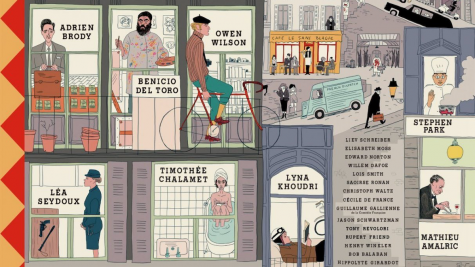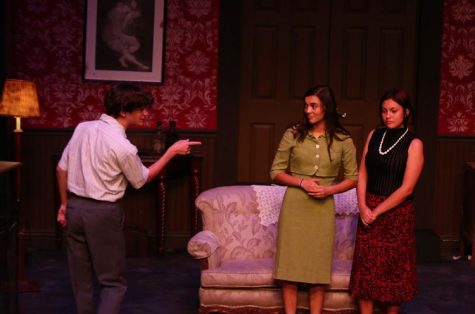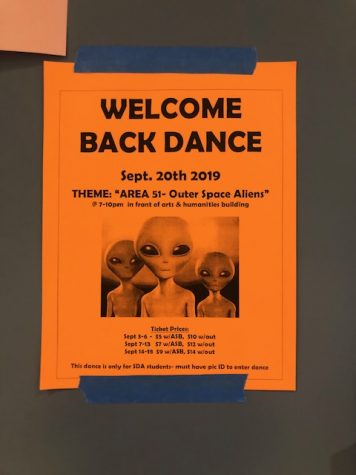“The Mousetrap” Preview
SDA’s drama class will be putting on its first performance of the year, “The Mousetrap,” this Thursday night and will continue on Friday and Saturday as well.
“The Mouse Trap” is a well-known murder-mystery play written by Agatha Christie that first ran in the West End of London in 1952. Since then, it has been the longest running show in the modern era. It is most well-known for its surprising twist ending. Traditionally, audiences that attend the show are asked not to reveal the ending for the sake of others’ enjoyment.
The play takes place in the 1950’s in the English countryside in a guest house called the Monkswell Manor.
Doing such an old play is unusual for SDA. SDA drama teacher Stephanie Siers said, “We were excited to do a piece that was a little older.” She chose to put on this production because a student from her last year’s advanced drama class performed a monologue from the play as an assignment. “He did such a good job with it that it intrigued me to read the play,” she said.
However, she also noted that she was fairly familiar with the show as she had seen it quite a while ago in the West End where it first originated. Siers said, “After reading the play again, I thought it would just be a perfect fit for SDA because we hadn’t really done it before.” She thought that it would also be fun to add a little bit of variety to the genre of play as they typically perform comedies.
“The Mouse Trap” will be a bit unusual in that the cast is very small (eight people) and there will be a fairly shorter showtime. However, Siers said that this is not the first time they have had a smaller cast in their first production as they only have seven weeks to put it together. On the other hand, Siers said that the January show has a much larger cast to “compensate” for the smaller cast in the October show.
Because the show takes place in the 1950’s, the production has posed some challenges. “We have had to find props and costumes that we wouldn’t typically have lying around,” said Siers. Despite the challenge, Siers explained that it has been made a lot easier to cope with because she has many great student designers that have done great research on how to obtain these items.
In addition, , seven of the eight students had to master an English dialect and one had to learn an Italian dialect which she says is even tougher. To help them out, she has brought in dialect coaches who help and work with the cast members on their accents.
Another way they practice and learn about the customs of the time period is that they have two “dramaturges” that are basically the historians who research everything about the time period. They also went through the script and researched any terms or questions that come across as confusing or are unknown.
Overall, these “dramaturges” are vital contributors as they are tasked to teach about the way people dressed, acted, and inform the rest about dialect of the time











